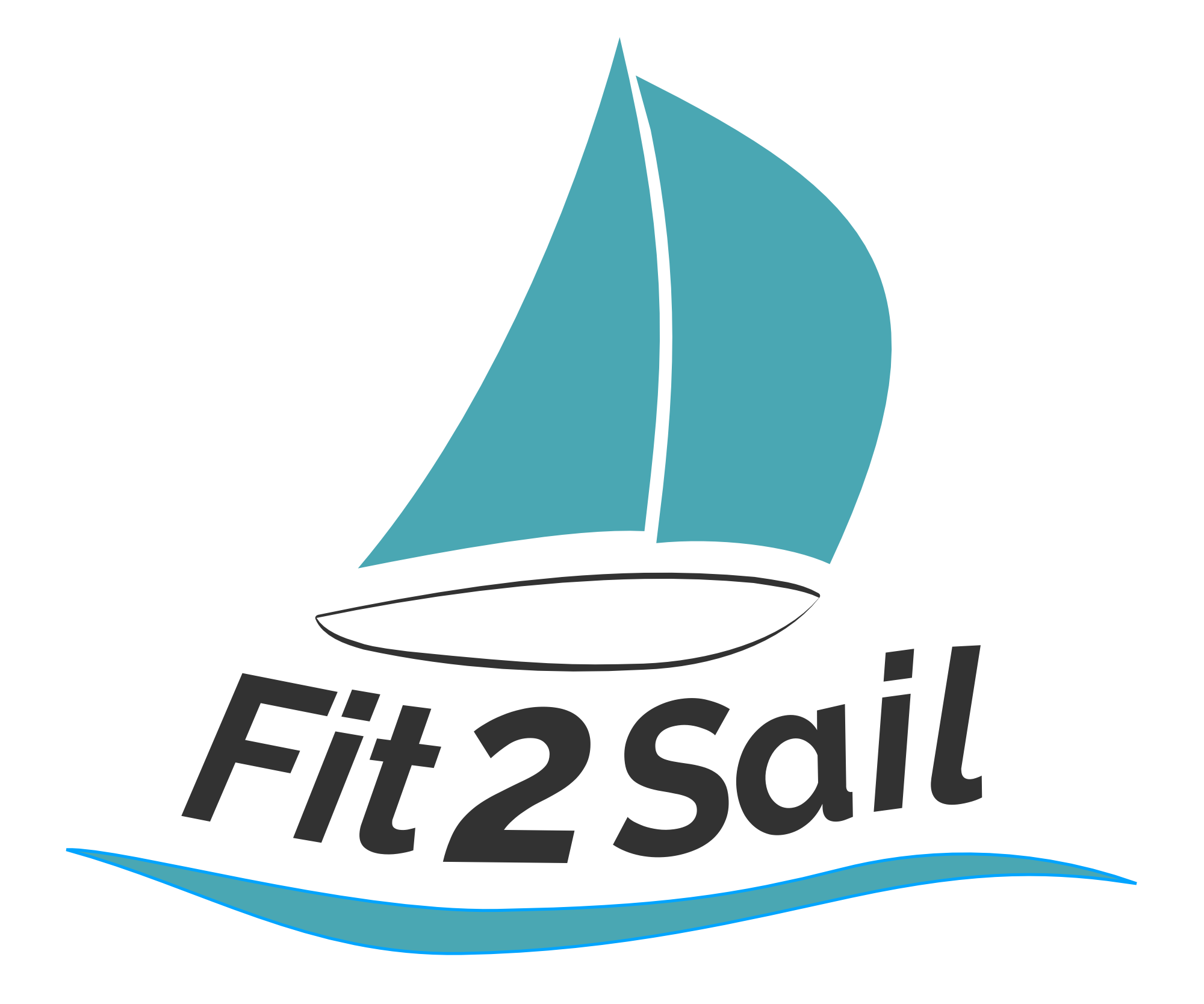The Difference Between a Fridge and an Ice Box
David McCullough’s The Path Between the Seas* is a riveting account of the building of the Panama Canal, complete with sabotage, backroom deals, absurd amounts of money, and a complete disregard for the reality of a hostile environment. He’s got a few “side" stories”, delicious tidbits that so obviously could have been left out of the book that they appear almost as footnotes, under a bold line below the text.
One of these involves ice. As you might imagine, ice in Panama (and remember that Panama City is on the Pacific side) at the end of the 1800s was hard to come by. One enterprising ship sailed from Boston with a load of 700 tons of the stuff aboard. After the ten thousand or so miles around Cape Horn, there were 600 tons left. To move the ice from the harbor to land, a distance of 2 miles? They lost another 400 tons. The remaining 200 tons more than paid the cost of the voyage.
Cold matters. We’ve come a long way since the 1800s, but yes, ice (as a way of keeping food cool. Or fresh. Or safe.) is that big a deal. Forget the need for a clinker in your rum and tonic for the moment, will you? As land-dwellers, it’s very easy to take refrigeration for granted.
I don’t know about you, but I use the terms “fridge” and “ice box” interchangeably. It’s been a very very long time since the era referenced in McCullough’s book or the Little House series (Farmer Boy comes to mind), when ice was cut by hand in huge blocks and stored in specially-designed sheds with layers of sawdust between each massive block.
Old ice box insulation.
That said, if you happen to have (or are looking to buy) an older boat, you might have an ice box on board. It’s probably a fairly large box, with a ton of room. It’s massive because the way it actually holds any cool at all is by putting in huge blocks of ice at the bottom of the box. Ice blocks take up space.
An ice box is exactly what it sounds like. A box designed to hold ice. Maybe with a little food on top. Block ice (which you can find some places, though not many) holds cold better than ice cubes. There’s no power required to use an ice box, but you do have to find a source of ice every 2-5 days, depending on the ambient temperature and the kind of ice you manage to source.
I’ll repeat. Block ice holds cold longer! (Want to test this? Fill an empty gallon container of milk with water and freeze it solid. Put this in a cooler. In a separate cooler of the same kind, put a 10 lb bag of ice. See what melts faster. Want an even better test? Empty the bag of ice into the cooler.)
Most cruisers these days have refrigeration on board. This is a mechanical system of some kind that relies on power to cool the air in the refrigerator. It might be engine drive (creating a super cold block of ice, in effect, that warms up over 24 hours or so) or 12 volt. It could be 110 volt powered.
No need to source ice at all. You just have to source electrical power, either from the engine, a generator, the batteries (likely via solar or wind, or the generator), or shore power.
Ice box? You need to source ice. Refrigerator? You need to source power.
Make sure you know what you have!
*As an Amazon Affiliate, I earn through qualifying purchases.

